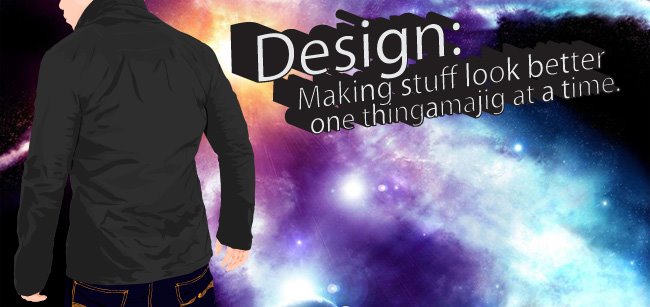A Guide To Making Toast
Step-by-step text Description:
1. Take bread out of packaging
2. Observe outside of bread for strange marks. (is it fresh?)
3. Place on kitchen table
4. Plug toaster into power output
5. Switch on toaster power switch
6. Place bread into toaster slot vertically
7. Adjust dial on the toaster to level of darkness (1 to 6)
8. Press down lever and wait for release (is it on?)
9. Wait for toast to cool down
10. Is it safe to touch?
11. Take out and place on plate
12. Is it to your preference of darkness?
13. Prepare to eat
END
Flowchart:

Storyboard:

Mood Board:

John is a 75-year-old retired carpenter who still enjoys hikes in national parks and ridding his Harley-Davidson. He looks forward to the local club raffle and a catch up with the boys on a Thursday evening. He also enjoys playing bingo, listening to local radio and watching old western movies with his wife Jill. As he gets older and has to visit the hospital more often, he prefers quick and efficient healthcare with simple, bold instructions and hospital signs. He aims to enjoy the rest of his life traveling a little and spending time with family, especially his grandchildren.
- Location: Hobart
- Toaster Usage: Unfortunately Johnny has never used a fancy new electric toaster
- Computer/Internet Usage: PC, Occasionally browses the Internet with the help of his grandchildren.
- Computer Skill: Novice user. Finds things too complicated on the computer to use. Has an email but doesn’t know how to use it properly.
















